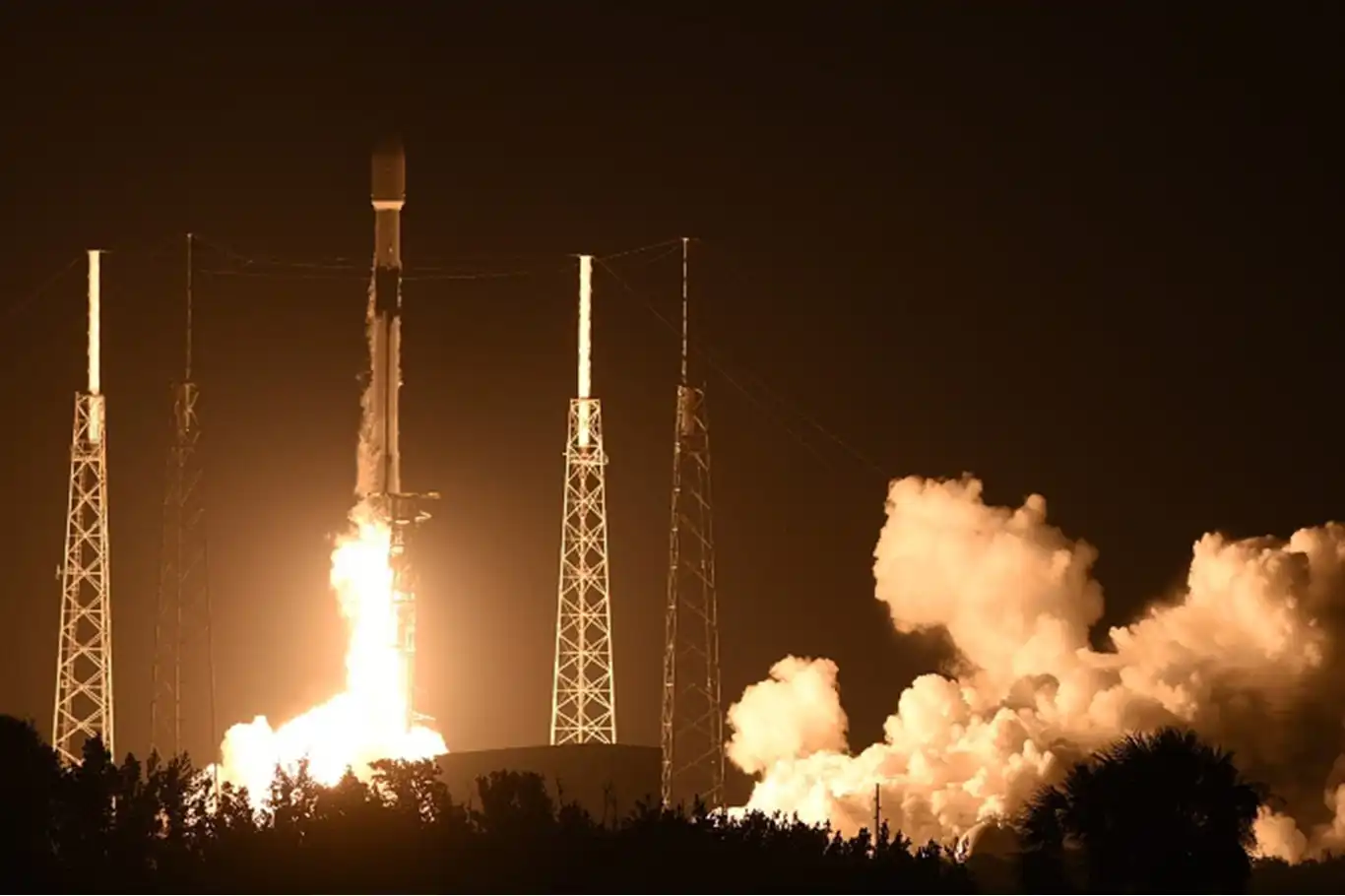SpaceX Falcon 9 launches 28 Starlink satellites into orbit


SpaceX successfully launched a new Falcon 9 rocket early Sunday, sending another batch of Starlink internet satellites into orbit from Vandenberg Space Force Base in California.
The mission lifted off from Space Launch Complex 4E at 12:48 a.m. PST (3:48 a.m. EST / 0848 UTC), marking the inaugural flight of the Falcon 9 first stage booster B1100. The vehicle is the eighth brand-new booster added to SpaceX’s operational fleet in 2025, reflecting the company’s continued rapid launch cadence.
Following a south-easterly trajectory along the California coastline, the Falcon 9 targeted a 53-degree inclination orbit. Roughly eight and a half minutes after launch, the booster made a precise landing on the drone ship Of Course I Still Love You, stationed in the Pacific Ocean.
SpaceX planned the deployment of 28 Starlink satellites from the rocket’s second stage approximately one hour after liftoff, contributing to the company’s expanding low-Earth orbit internet constellation. This flight represents SpaceX’s 110th Starlink delivery mission of the year.
Earlier this month, SpaceX announced that its Starlink service now serves more than 8 million customers globally, as demand continues to grow for satellite-based broadband, particularly in underserved regions. (ILKHA)
LEGAL WARNING: All rights of the published news, photos and videos are reserved by İlke Haber Ajansı Basın Yayın San. Trade A.Ş. Under no circumstances can all or part of the news, photos and videos be used without a written contract or subscription.
A major outage at Cloudflare caused widespread internet disruption on Tuesday, affecting access to numerous global platforms including X, Facebook, Spotify, Canva, Letterboxd, OneSignal and others.
Scientists have developed the first-ever simulation capable of modeling all 100 billion stars in the Milky Way, using artificial intelligence to run galaxy-scale physics around 100 times faster than previous techniques.
A California-based startup, TransAstra, is developing an innovative solution to capture asteroids and space debris: a giant inflatable device called the Capture Bag.